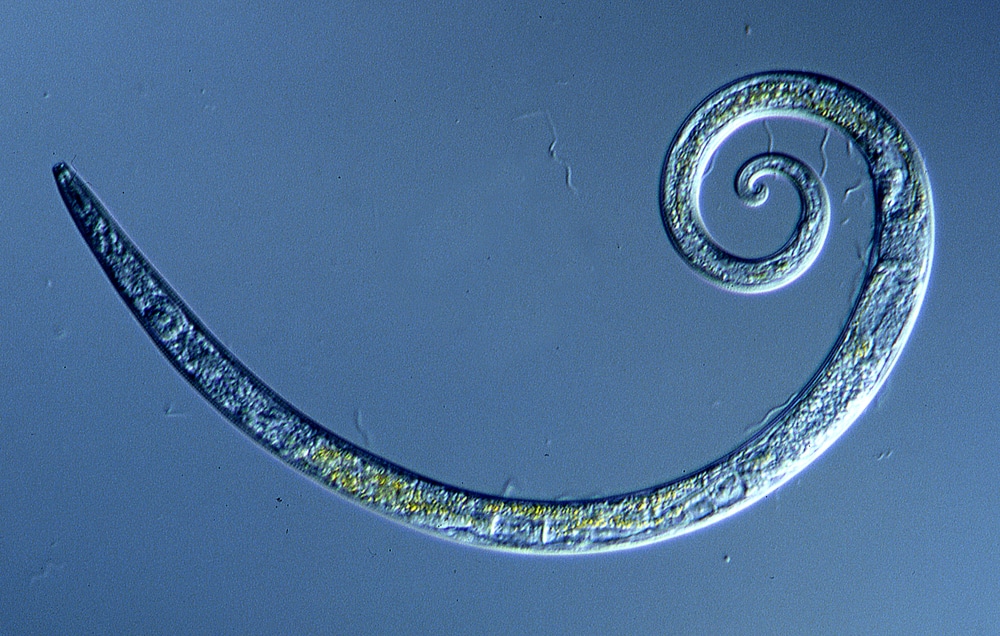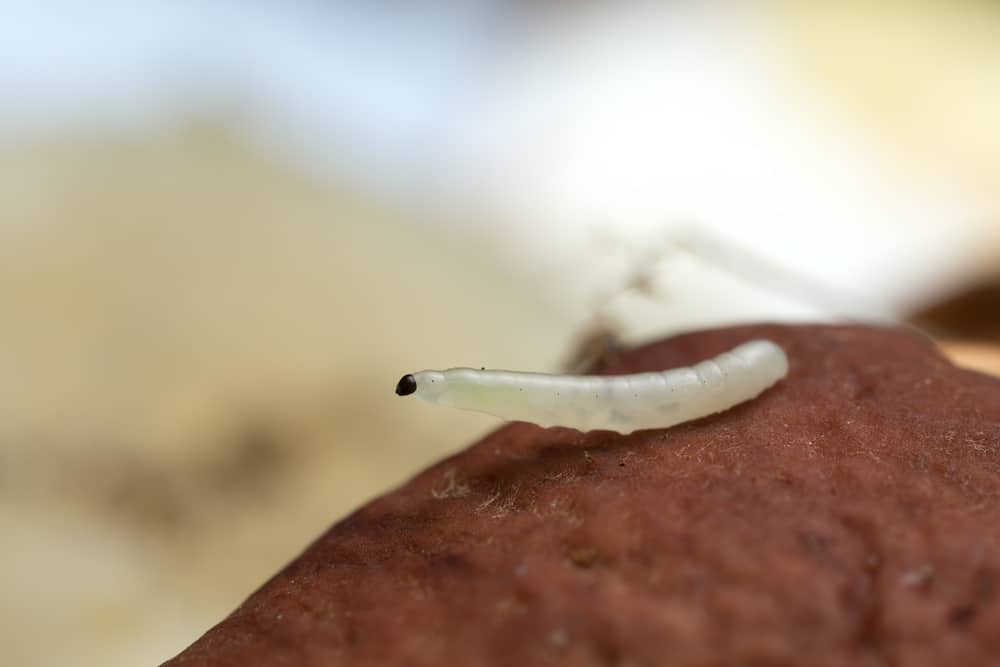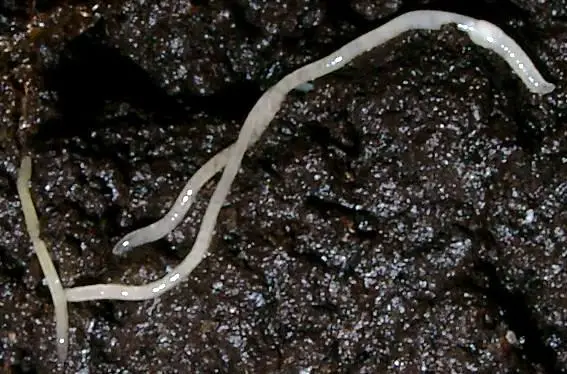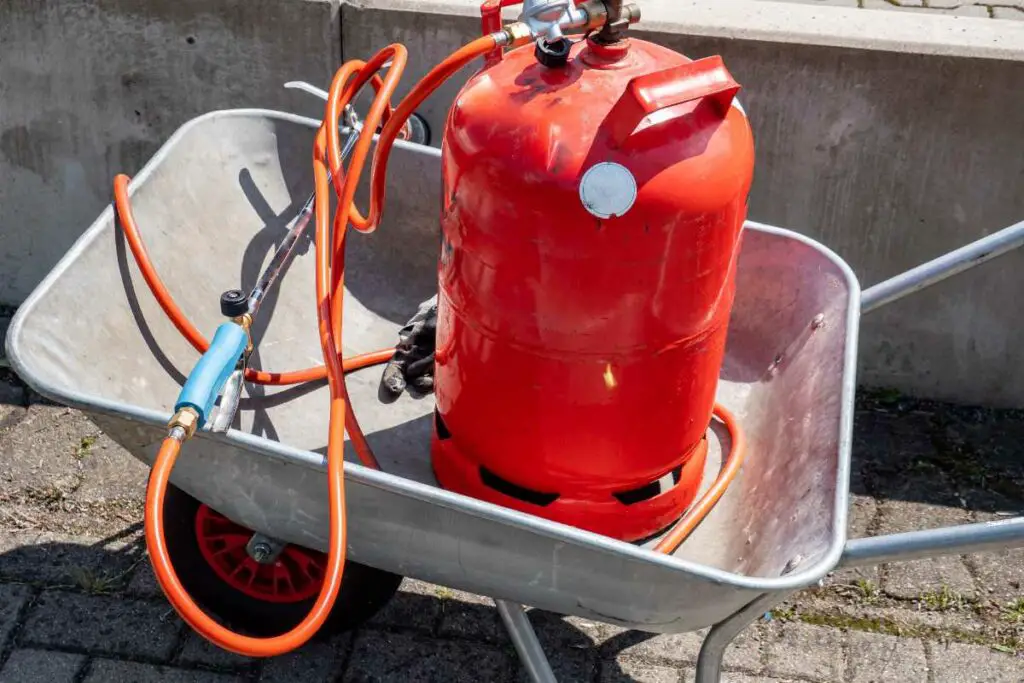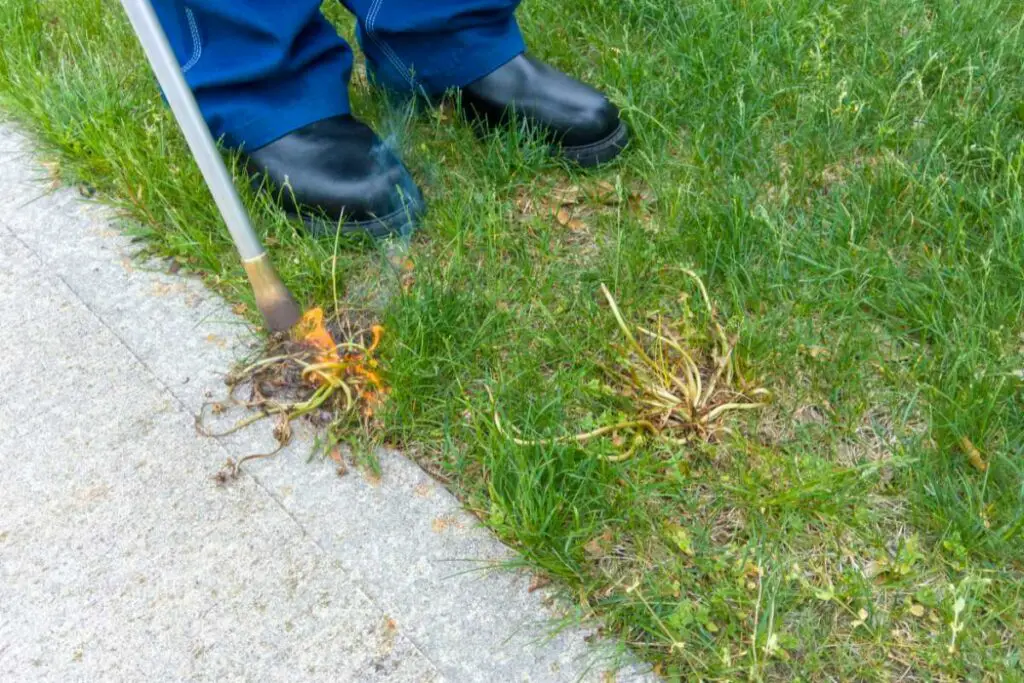Three types of insecticides kill spotted lanternflies. These are contact, systemic, and hybrid.
The insecticides work differently and are effective in different stages of the insect’s life.
For instance, systemic insecticides target the adult whereby the chemical is sprayed into the bark of the plant host, and after the insect feeds on the plant sap, it dies.
These insecticides can also be classified according to the part of the host plant they are sprayed on.
In this case, we have the foliar nymph spray, bark trunk spray and foliar adult spray effective against nymphs, young adults and adults, respectively.
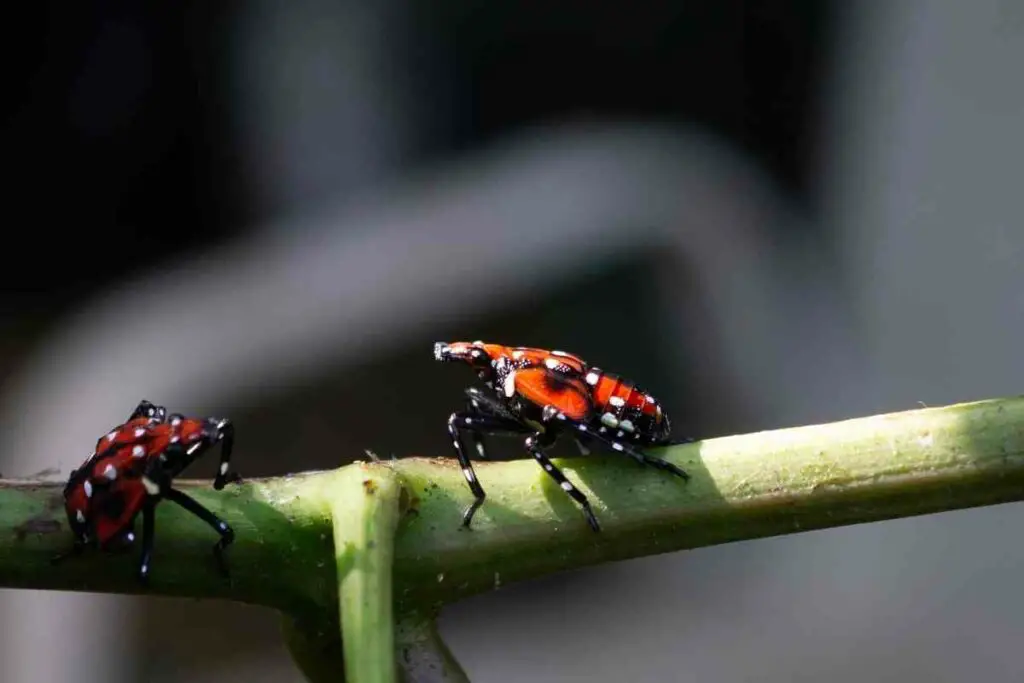
The insecticides are also sprayed during specific times in the insect’s life cycle.
Systemic Insecticide for Spotted Lanternfly
Systemic insecticides are one of the most effective insect pest control methods.
The insecticide is sprayed or injected into the plant, which then transports the active ingredient into different plant parts.
When a spotted lanternfly nymph or adult feeds on any part of the plant, it dies.
Does the systemic insecticide harm the plant? It doesn’t. The active ingredients are only harmful to the target insect.
The most common active ingredients in systemic insecticides include imidacloprid and dinotefuran.
This insecticide kills:
- the eggs
- nymphs
- and adults of the spotted lanternfly
Its most effective during spring and summer when the insect is in its nymph and young adult stages.
How Do You Apply Systemic Insecticide?
There are several ways of applying systemic insecticides to infested plants.
These include the following.
Foliar Application
This is where you spray the insecticide to the plant’s leaves, which absorbs the chemical, and the distribution to other plant parts takes place.
Soil Drenching
In the soil drenching method, you pour the insecticide at the base of the tree.
The plant root takes up the chemical like the regular soil nutrients and is distributed to other plant parts.
The spotted lanternfly will then feed on the plant, and the chemical will kill it.
Trunk or Branch Injection
You can also inject the insecticide into the trunk or branch of a tree using a commercial applicator, whereby the plant translocates the active ingredient to all plant parts.
The method involves making evenly distributed injection points at the base of the trunk or branch, preparing the insecticide concentrate and injecting the chemical into the plant through the marked spots.
This is one of the most economical methods of systemic insecticide application because no runoff or chemicals is being blown by the wind.
It is also a great alternative for places where soil drenching is not practical.
Superficial Application
In this method, the insecticide, usually in paste form, is applied on the surface of the tree, preferably the bark.
The chemical penetrates the plant cells and travels to most plant parts, such as the leaves, flowers and fruits.
When the spotted lanternfly feeds on the plant sap, it is eliminated.
Contact Insecticide for Spotted Lanternfly
A contact insecticide is a chemical that exterminates an insect pest upon contact.
These insecticides are lethal and, most times, can harm even the beneficial insects.
For this reason, arborists and conservationists advise only to use this method after exhausting other options.
The active ingredients in most contact insecticides include bifenthrin and carbaryl. They are best used when the spotted lanternfly is in the adult stage.
The majority of contact insecticides come in concentrated liquid, ready to use spray or fogger.
You dilute the contents carefully for the concentrate, following the label instructions to avoid contamination.
After dilution, you put it in the spray bottle or pump and spray the plant.
As for the ready to use spray, you just buy it from your local agro chem dealer and spray your plant.
From Experience: Examples of contact insecticide that kills spotted lanternfly are Sevin Concentrate and Sevin ready-to-use spray.
Hybrid Insecticide for Spotted Lanternfly
The hybrid insecticide is a mixture of systemic and contact insecticide.
It kills some of the insects instantly after contact.
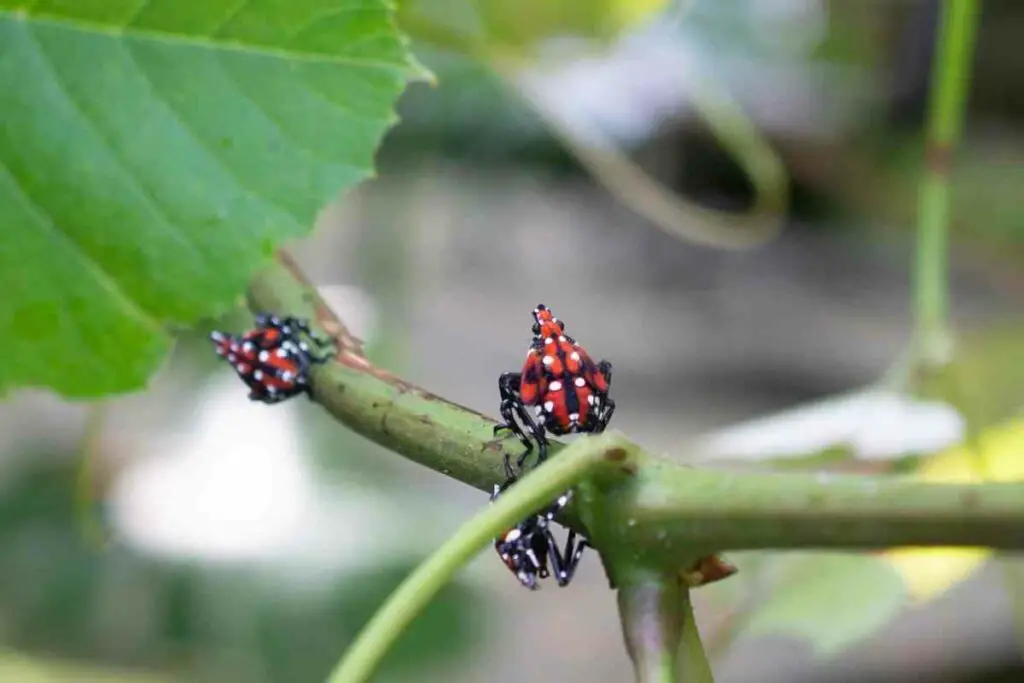
Those that don’t die on the spot die gradually as the plant absorbs the chemical and passes it to them through the sap.
This type of insecticide is mainly applied to the base of a tree trunk.
Unlike the contact counterparts, whose efficiency lasts up to 30 days, hybrid insecticide is effective for up to 60 days.
Other Methods of Classifying Insecticides Against The Spotted Lanternfly
Insecticides that kill the spotted lanternfly can also be grouped according to the part of the plant you apply them to.
Using this method, we have three types of insecticides:
Foliar Nymph Sprays
This is an insecticide sprayed on the leaves, trunk or tree branches to exterminate the nymph stage of the spotted lanternfly.
It is best applied from May to July when the egg masses are hatching into nymphs.
As a Result: This spray is a contact insecticide that kills destructive insects if they come into contact within thirty days after application.
Basal Trunk Sprays
These are sprays applied at the base of a tree trunk. Mostly a hybrid insecticide, the spray kills some of the nymphs instantly.
For bigger nymphs and adults that don’t die on the spot, the plant absorbs the insecticide and transports it to plant parts such as the leaves, fruits and flowers.
When the spotted lanternflies feed on the plant sap, they ingest the active ingredient and die gradually.
A basal trunk spray can remain effective against nymphs and adults for upto sixty days.
The best time to apply the basal trunk spray is between July and September.
Foliar Adult Spray
Foliar adult spray targets the adult spotted lanternfly infesting the leaves of woody, fruit-bearing plants, vines and pines.
Mainly made of Bifenthrin, the insecticide kills the adults when they come into contact as they climb the tree.
This type of insecticide is best applied when the adults are fully developed, usually between September and November.
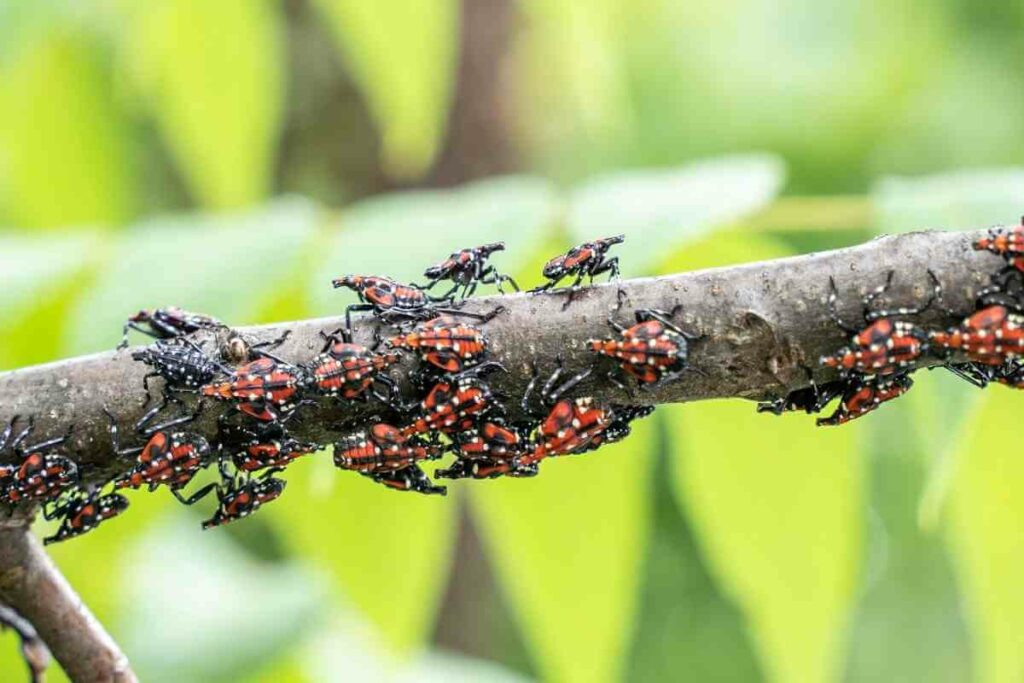
Guidelines On Using Insecticides to Kill Spotted Lanternflies
Insecticides are specially made to target the destructive insect that causes damages to plants leading to poor yield and spread of diseases.
However, you need to follow the given guidelines for the insecticides to work.
Too much insecticide may pose a danger to the immediate environment or cause resistance.
On the other hand, too little insecticide will not give the expected results, thus not solving your pest problems.
The following are essential guidelines to follow when using pesticides against spotted lanternflies.
Read the Insecticide Label Carefully
It is crucial to read the label on the insecticide packaging.
It tells you what the active ingredient is, the application method, whether you need to dilute the insecticide or not, and the pre-harvest time for edibles like vegetables and fruits.
Key Takeaway: Be careful when applying insecticides on edibles such as vegetables and fruits. Follow the label details on timing and how long after application you can harvest or consume.
Don’t Deviate from the Instructions Given
It is wrong to deviate from the application instructions given by the manufacturer.
Ensure you follow the instructions in the letter to protect yourself and the environment.
Following the instructions also maximises the efficiency of the insecticide.
Wear Protective Gear
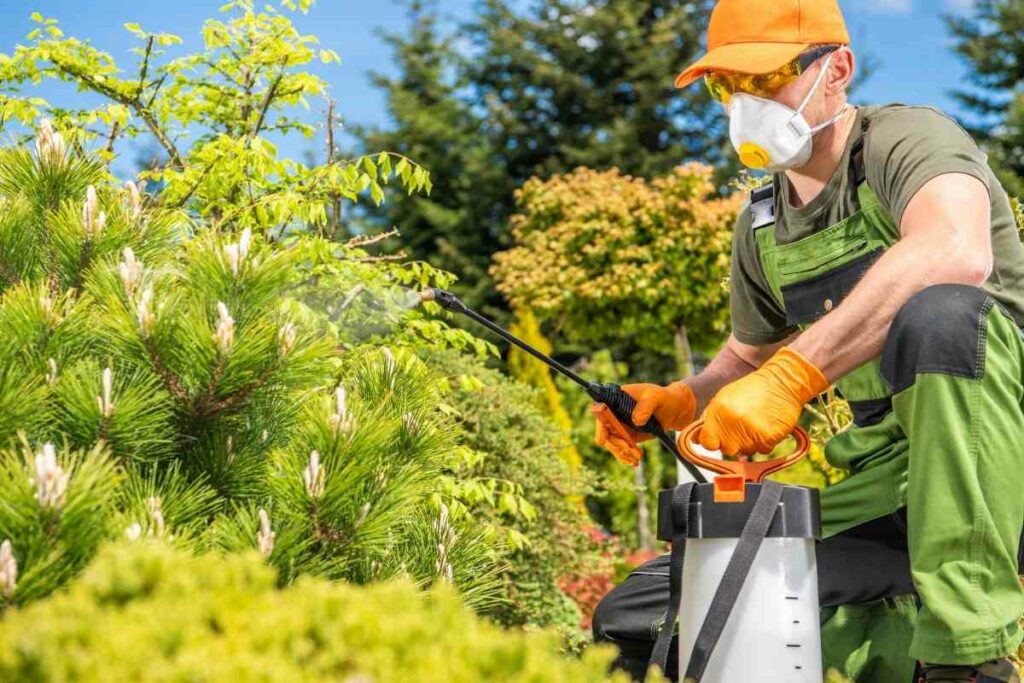
One universal rule that governs the use of pest control agents is always to wear protective gear when applying them.
Whether you inject the insecticide into the trunk, soil, or spray it on leaves, wear protective clothing. These include overall gloves, a face shield, and eye protection.
Choose the Right Insecticide
Your choice of insecticide will depend on several factors, such as the stage of the spotted lanternfly you target and the type of plants you want to save.
For Example – A systemic insecticide is suitable for ornamental plants to retain their appearance and beauty.
A hybrid insecticide is best when dealing with both nymphs and adults of the spotted lanternfly.
When Is The Best Time to Effectively Control The Spotted Lanternfly?
Overall, the best time to effectively control spotted lanternflies is when they start looking for a tree of heaven to attack.
The tree of heaven, scientifically known as Ailanthus altissima, is an exotic tree that originated from Asia.
At the peak of their lives, adult spotted lanternflies infest this tree, feeding on its sap.
Spraying the insecticides at this stage is the most effective way of controlling these destructive pests.
You can also cut the host trees, but that is subject to the laws of your state.
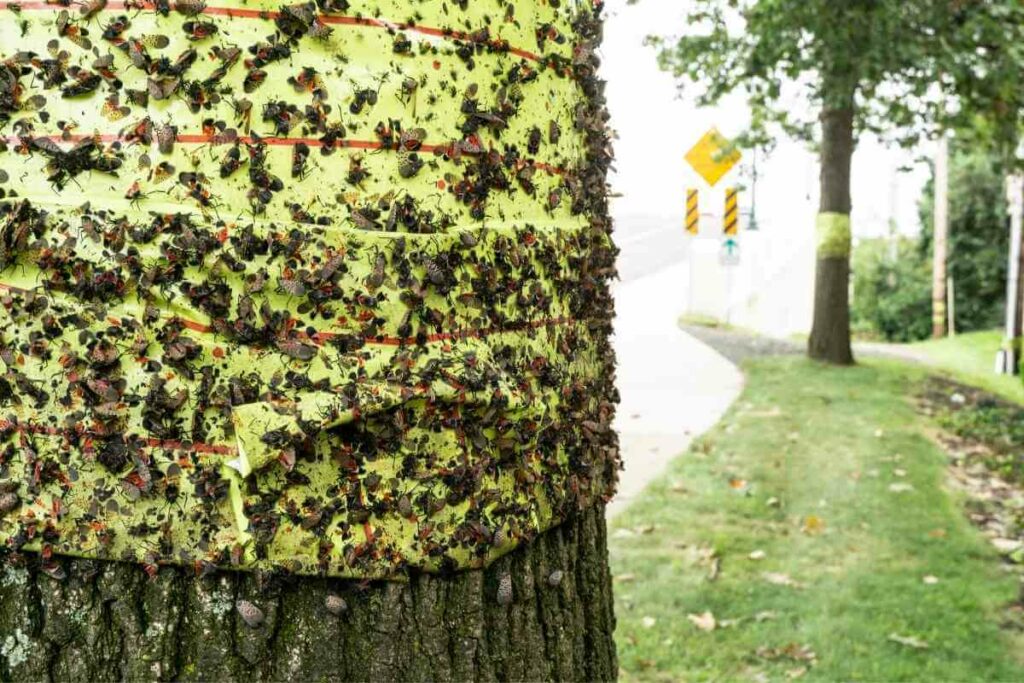
However, as you cut down the tree of heaven, leave out trap trees, preferably male, to act as bait for adult spotted lanternflies looking for sap.
The male one is preferred over the female because the latter can produce seeds that re-introduce the trees in the area.
Eliminating the pest by spraying the tree of heaven also reduces the chances of harming beneficial insects bacause not many insects feed on the tree.
Wrapping Up
If you want to kill spotted lanternflies use these insecticides; systemic, contact and hybrid.
Systemic ones penetrate the plant, and as the insect sucks sap from the plant, they die gradually.
Contact insecticides kill the insect instantly upon contact. The hybrid ones combine both systemic and contact insecticide techniques.
Generally, the best time to effectively kill the spotted lanternfly is when the adult is roaming the tree of heaven.
